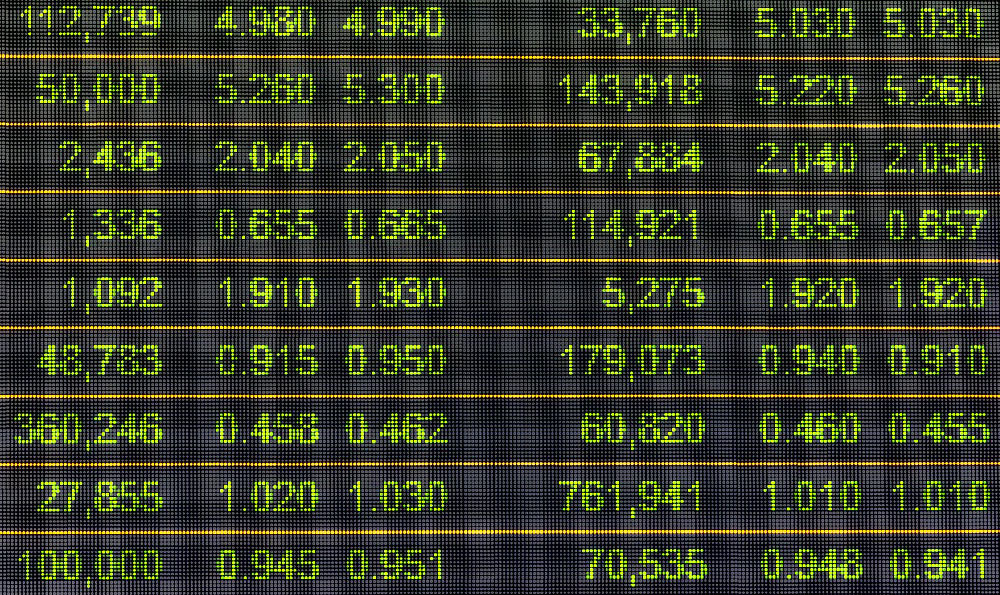What investments offer compound interest, and how does it work?

Compound interest is a powerful force in the world of finance, often referred to as the "eighth wonder of the world" by Albert Einstein. It’s the ability of an asset to generate earnings, which are then reinvested to generate their own earnings. In essence, it's earning interest on your interest. Understanding which investments offer this advantage and how it functions can be crucial to building long-term wealth.
Several investment vehicles offer the potential for compound interest. Savings accounts and Certificates of Deposit (CDs) are perhaps the most straightforward examples. Banks and credit unions offer these products, and the interest earned is typically credited to the account monthly or annually. This interest then becomes part of the principal, and future interest is calculated on the new, larger balance. While savings accounts often offer relatively low interest rates, they are FDIC-insured, providing a safe place to store cash and benefit from the gradual accrual of compound interest. CDs generally offer higher interest rates than savings accounts, but they require you to lock your money away for a fixed period, ranging from a few months to several years. The longer the term, the higher the interest rate is usually offered.
Bonds are another avenue for generating compound returns. While the interest from bonds, known as coupon payments, isn't automatically reinvested, you have the option to reinvest it. When you reinvest these coupon payments into purchasing more bonds or other investments, you are effectively compounding your returns. The beauty of bonds lies in their relatively lower risk compared to stocks, offering a more stable, albeit potentially slower, path to compounding wealth. Government bonds are considered very safe, while corporate bonds carry more risk but also offer higher potential returns.

Moving beyond traditional banking products and bonds, the stock market provides significant opportunities for compounding through dividend reinvestment plans (DRIPs). Many publicly traded companies distribute a portion of their profits to shareholders in the form of dividends. Instead of receiving these dividends as cash, you can elect to reinvest them back into the company's stock through a DRIP. This purchase of additional shares, even fractional shares, leads to owning more of the company, which in turn generates more dividends in the future. The combination of stock price appreciation and dividend reinvestment creates a powerful compounding effect. A company that consistently grows its earnings and dividends offers an even more attractive compounding opportunity. However, the stock market inherently carries risk, and the value of stocks can fluctuate significantly.
Retirement accounts, such as 401(k)s and IRAs, are specifically designed to harness the power of compound interest. Contributions to these accounts often receive tax advantages, either upfront (traditional accounts) or upon withdrawal (Roth accounts), allowing your money to grow tax-deferred or tax-free. The long time horizons associated with retirement savings provide ample opportunity for investments within these accounts, such as stocks, bonds, and mutual funds, to compound over many years. The earlier you start contributing to retirement accounts, the greater the potential impact of compound interest.
Mutual funds and Exchange-Traded Funds (ETFs) also provide access to compound returns. These investment vehicles pool money from multiple investors to purchase a diversified portfolio of assets, such as stocks, bonds, or a combination of both. The returns generated by the fund, including dividends, interest, and capital gains, are distributed to shareholders. These distributions can be reinvested back into the fund, purchasing more shares and accelerating the compounding effect. Choosing the right mutual funds or ETFs requires careful consideration of factors such as investment objectives, expense ratios, and historical performance. Index funds, which track a specific market index like the S&P 500, often have low expense ratios and provide broad market exposure, making them a popular choice for long-term investors.
Understanding how compound interest works requires grasping the concept of exponential growth. Unlike simple interest, which only calculates interest on the principal amount, compound interest calculates interest on the principal plus any accumulated interest. This means that the amount of interest earned each period increases over time, leading to faster growth. The frequency of compounding also plays a role. Compounding more frequently, such as daily or monthly, will result in slightly higher returns compared to annual compounding, all else being equal.
To illustrate, consider an investment of $10,000 earning an annual interest rate of 7%, compounded annually. After the first year, you would earn $700 in interest, bringing your total to $10,700. In the second year, you would earn 7% on $10,700, which is $749, bringing your total to $11,449. As you can see, the interest earned in the second year is higher than the interest earned in the first year because it's calculated on a larger base. This effect becomes more pronounced over longer periods. After 30 years, your initial investment of $10,000 would grow to approximately $76,123, demonstrating the remarkable power of compound interest.
Several factors influence the effectiveness of compound interest. The interest rate is a primary driver, as higher rates lead to faster growth. The time horizon is also crucial; the longer the investment period, the greater the impact of compounding. The initial investment amount also plays a role, as a larger principal will generate more interest. Consistent contributions can significantly enhance the compounding effect. Regular investments, even small amounts, can add up over time and accelerate the growth of your wealth.
However, it's essential to be aware of the "rule of 72," a simple formula that estimates how long it takes for an investment to double at a given interest rate. Divide 72 by the interest rate, and the result is the approximate number of years it takes for your money to double. For example, at an interest rate of 8%, it would take approximately 9 years (72 / 8 = 9) for your investment to double.
It is also prudent to consider the impact of inflation on investment returns. While compound interest can help your money grow, inflation erodes the purchasing power of your money over time. Therefore, it's crucial to choose investments that offer returns higher than the inflation rate to ensure that your wealth is actually growing in real terms.
Tax implications also need to be considered. Taxes on investment earnings can reduce the amount of money available for reinvestment, slowing down the compounding process. Choosing tax-advantaged accounts, such as 401(k)s and IRAs, can help mitigate the impact of taxes and allow your investments to grow more rapidly.
In conclusion, compound interest is a powerful tool for building wealth. By understanding which investments offer compounding opportunities and how it works, you can make informed decisions to optimize your portfolio and achieve your financial goals. While the stock market and dividend reinvestment provide potentially high yields, options like savings accounts, CDs, and bonds provide a safer and more secure compounding path. Remember that patience and discipline are key to realizing the full benefits of compounding, as the most significant gains often occur over the long term. Carefully consider risk tolerance, investment goals, and time horizon when selecting investments and harness the magic of compound interest to create a brighter financial future.















